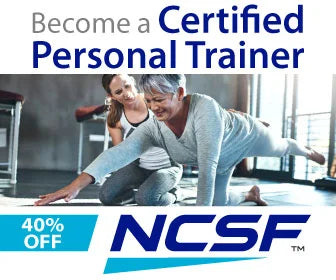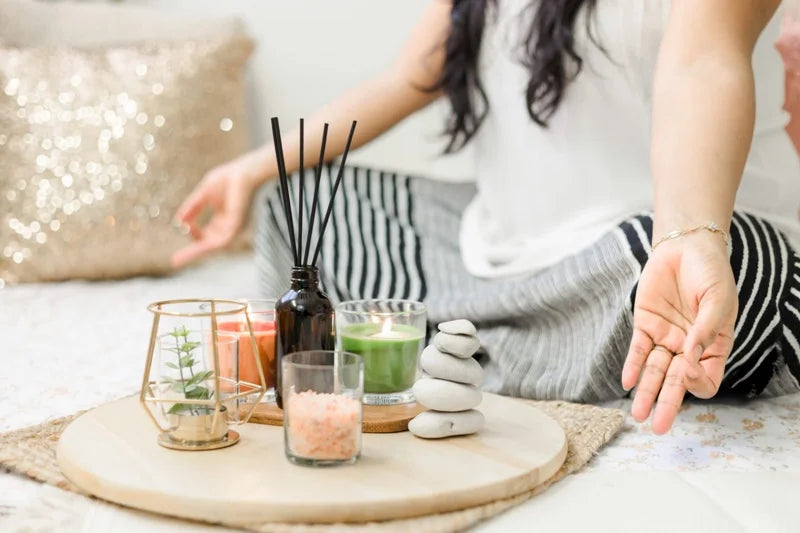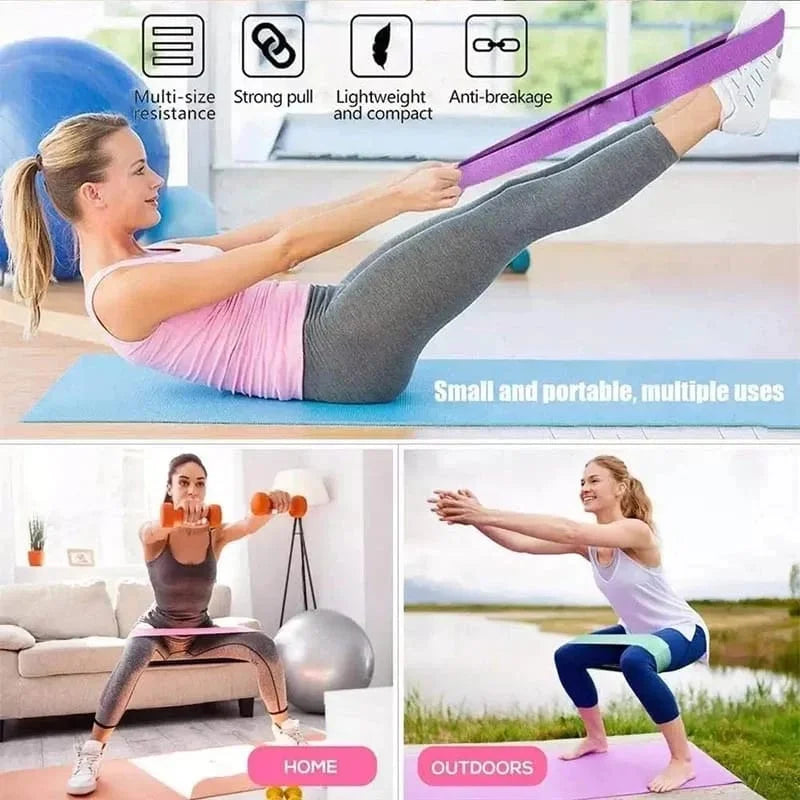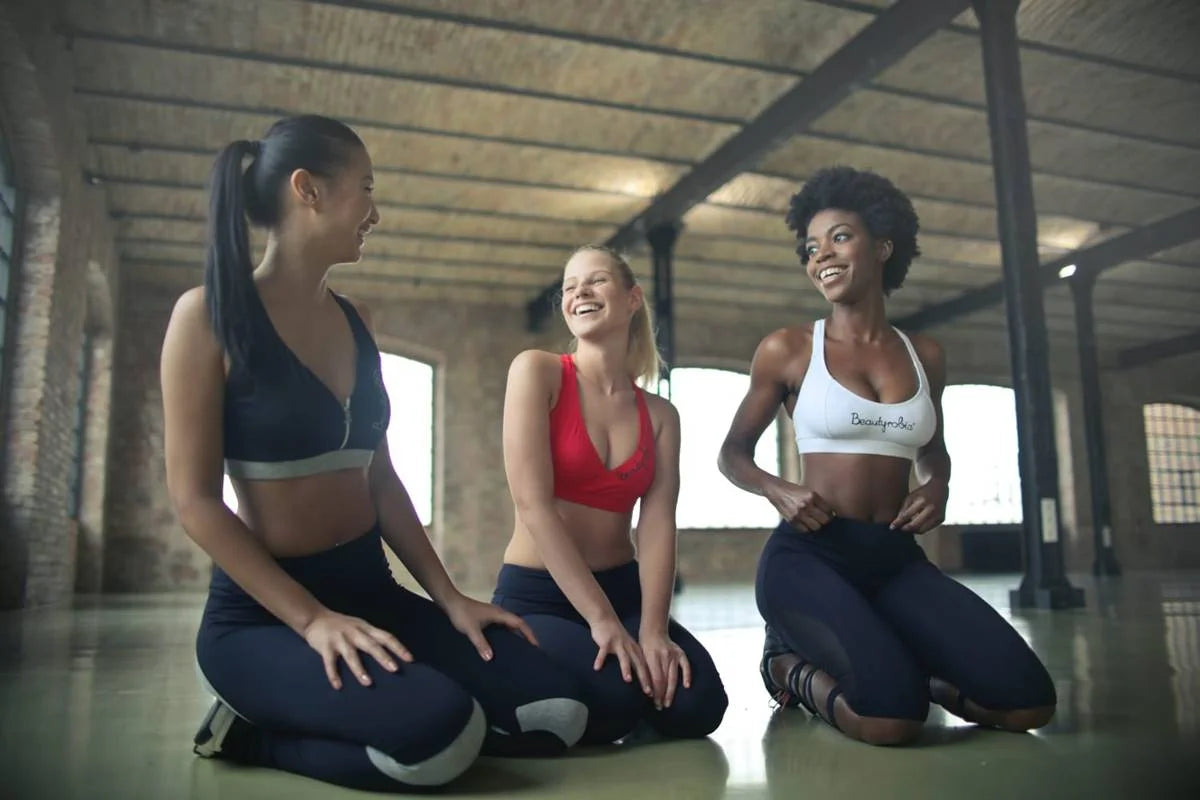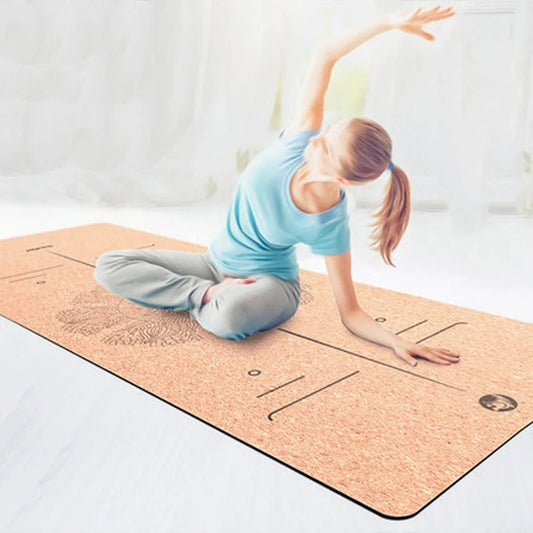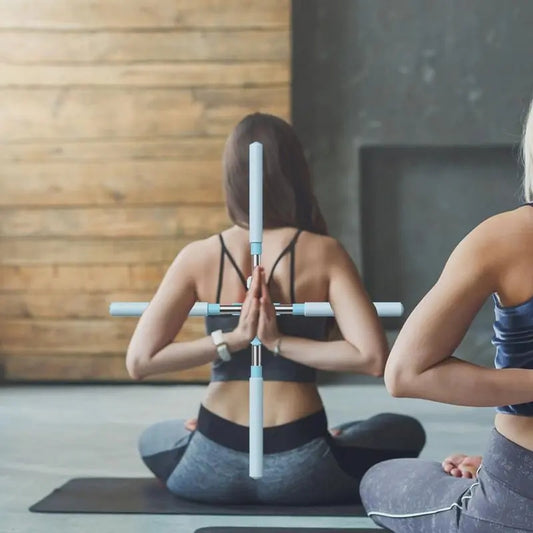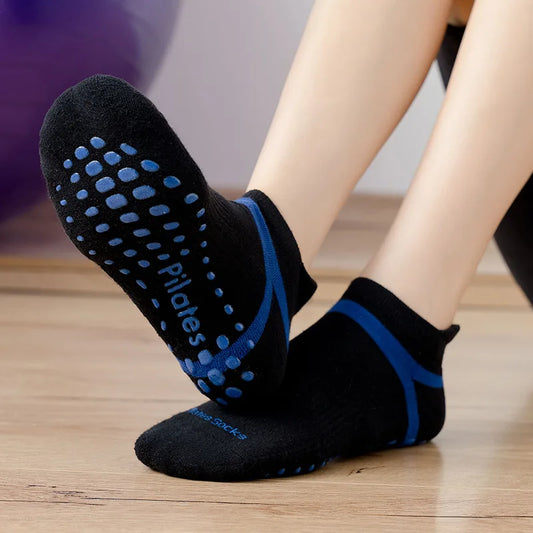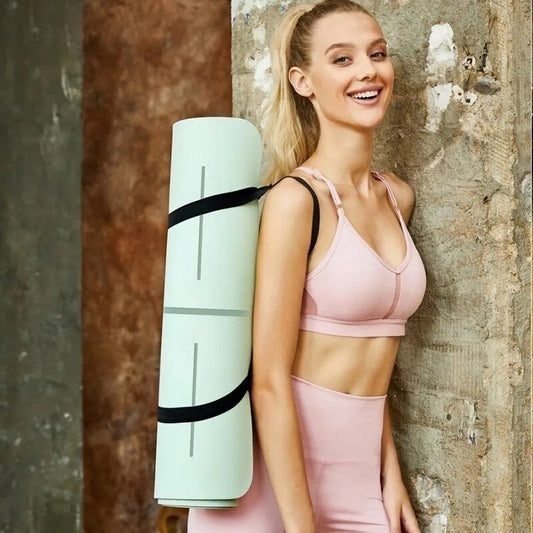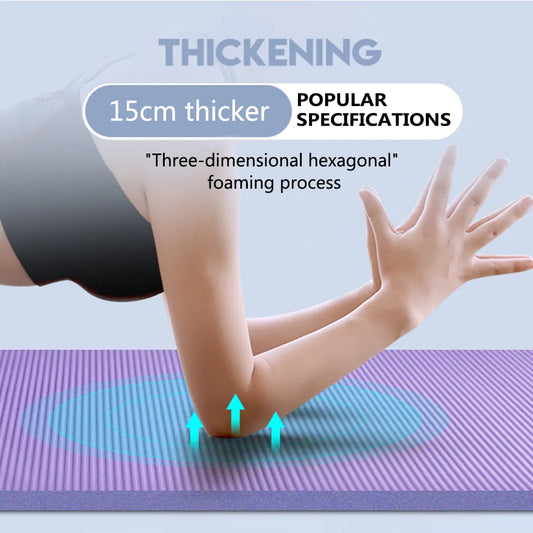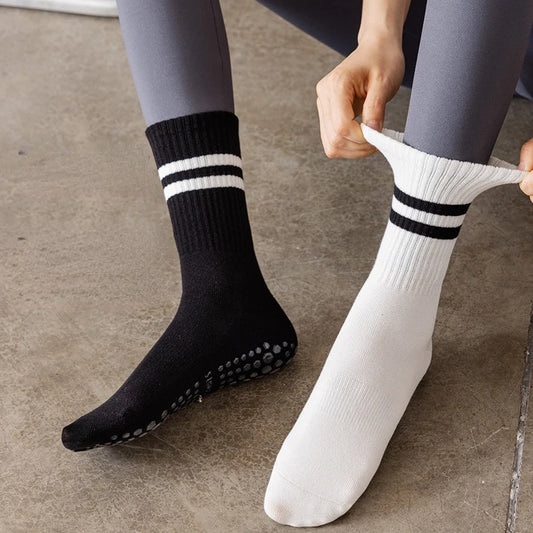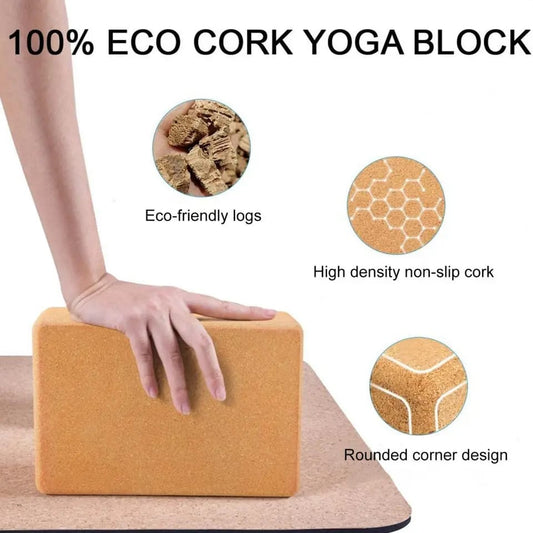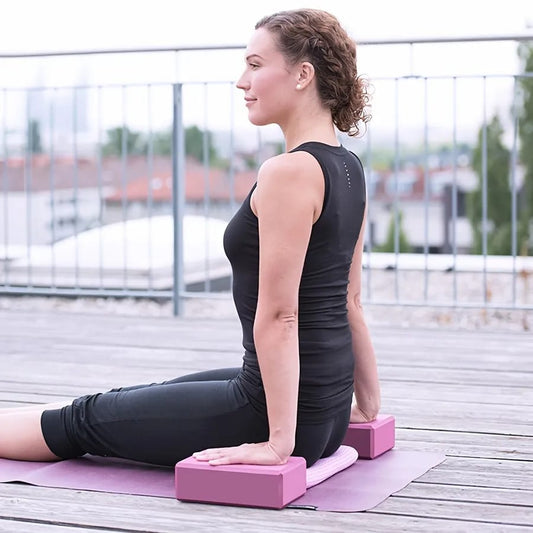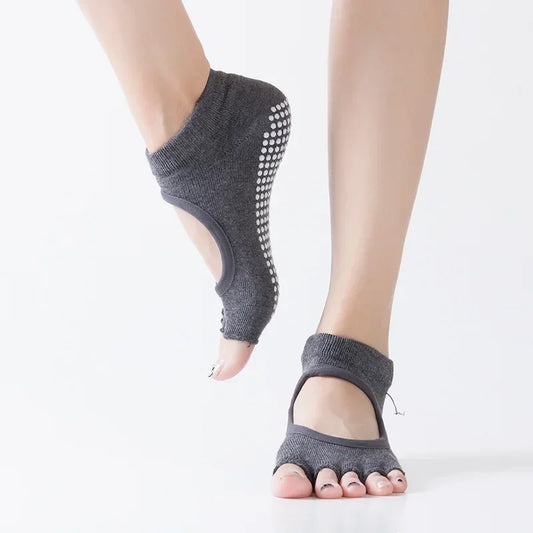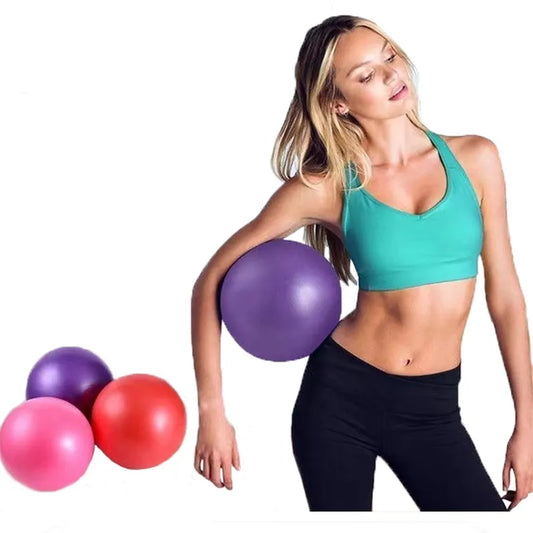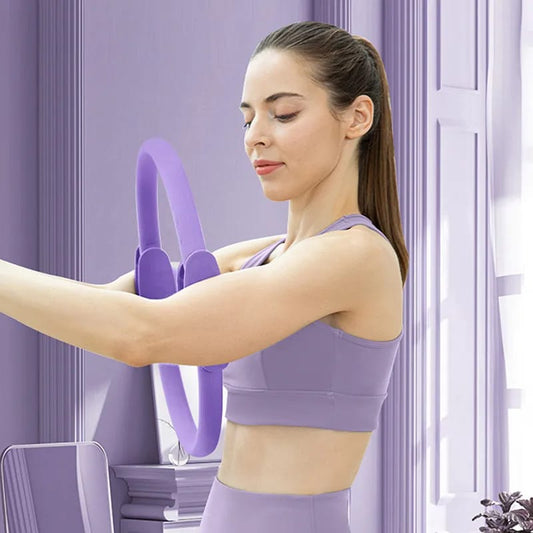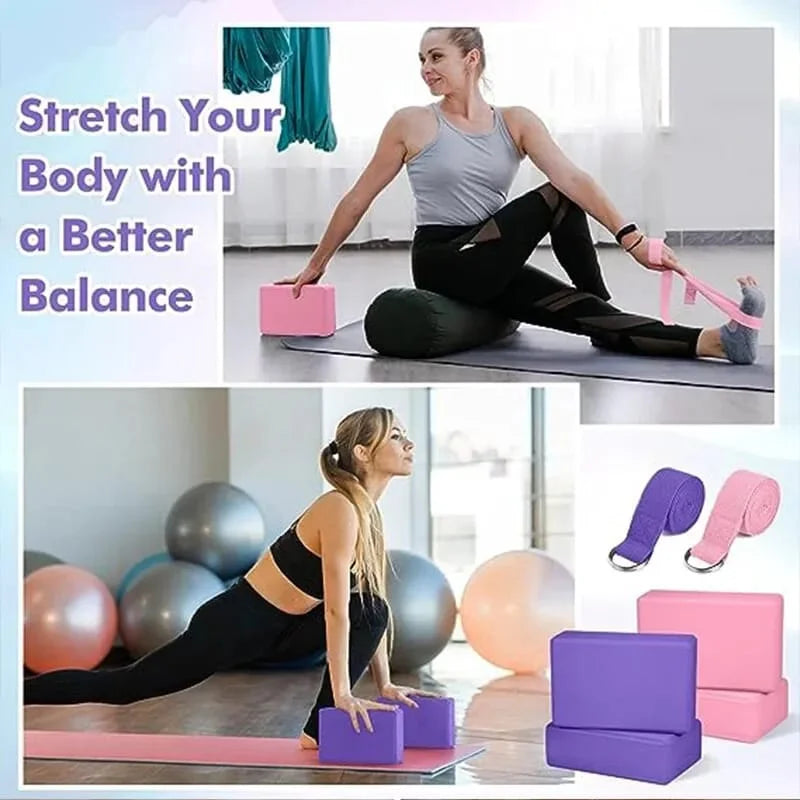Chair yoga is a gentle form of yoga that is practiced sitting on a chair or standing and using a chair for support. It is an excellent option for individuals who have mobility issues, balance problems, or difficulty getting down to and up from the floor. Chair yoga offers the benefits of traditional yoga while being accessible to a wider range of people, including seniors, those with disabilities, and office workers.
Here are some key benefits and examples of chair yoga poses:
Benefits of Chair Yoga:
-
Accessibility: Chair yoga makes yoga accessible to individuals who might find traditional yoga poses challenging due to physical limitations, injuries, or age.
-
Improved Flexibility: Regular practice can help increase flexibility in the muscles and joints, enhancing range of motion and reducing stiffness.
-
Strength Building: Chair yoga helps strengthen muscles, particularly in the core, legs, and arms, promoting overall physical strength and stability.
-
Better Posture: Practicing chair yoga can improve posture by strengthening the muscles that support the spine and promoting awareness of body alignment.
-
Stress Reduction: Like traditional yoga, chair yoga incorporates deep breathing and mindfulness, which can help reduce stress and promote relaxation.
-
Enhanced Circulation: The gentle movements and stretches in chair yoga can improve blood circulation, benefiting overall cardiovascular health.
-
Mental Clarity: Chair yoga encourages mindfulness and mental focus, which can enhance cognitive function and promote a sense of calm and well-being.
Examples of Chair Yoga Poses:
-
Seated Mountain Pose (Tadasana):
- Sit tall in a chair with feet flat on the ground, hip-width apart.
- Rest hands on the thighs or at the sides.
- Lengthen the spine, roll the shoulders back and down, and lift the crown of the head toward the ceiling.
- Take deep breaths, focusing on maintaining an upright posture.
-
Seated Cat-Cow Stretch (Marjaryasana-Bitilasana):
- Sit on the edge of the chair with feet flat on the floor.
- Place hands on the knees.
- Inhale, arch the back, and lift the chest and gaze upward (Cow Pose).
- Exhale, round the spine, tuck the chin to the chest, and draw the navel in (Cat Pose).
- Repeat for several breaths, moving with the breath.
-
Seated Forward Bend (Uttanasana):
- Sit on the edge of the chair with feet hip-width apart.
- Inhale, lengthen the spine.
- Exhale, hinge at the hips and fold forward, bringing the chest toward the thighs.
- Let the head and arms hang down or rest hands on the legs or floor for support.
- Hold for a few breaths, then slowly rise back to seated position.
-
Seated Warrior I (Virabhadrasana I):
- Sit sideways on the chair with the right leg bent and foot flat on the floor, and the left leg extended back, toes tucked under.
- Square the hips forward.
- Inhale, raise the arms overhead, and lengthen the spine.
- Hold for several breaths, then switch sides.
-
Seated Twist (Ardha Matsyendrasana):
- Sit tall with feet flat on the floor.
- Inhale, lengthen the spine.
- Exhale, twist to the right, placing the left hand on the right knee and the right hand on the back of the chair.
- Hold for a few breaths, then repeat on the other side.
-
Chair Pigeon Pose (Eka Pada Rajakapotasana):
- Sit on the edge of the chair.
- Cross the right ankle over the left knee, flexing the right foot.
- Gently press the right knee down while keeping the spine long.
- Hold for several breaths, then switch sides.

